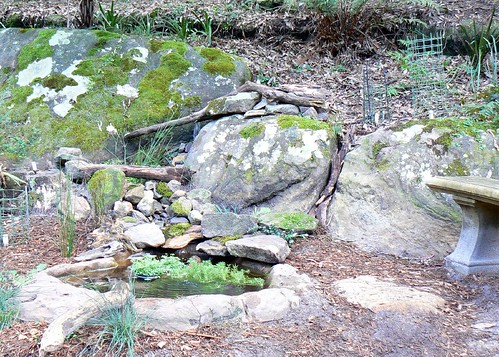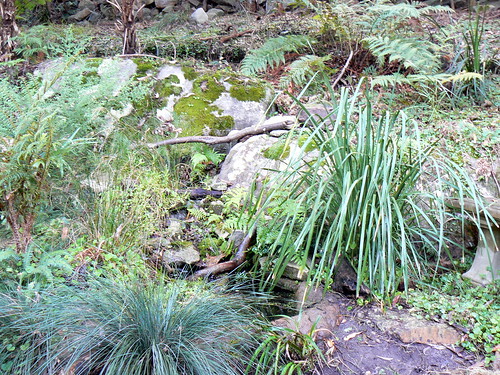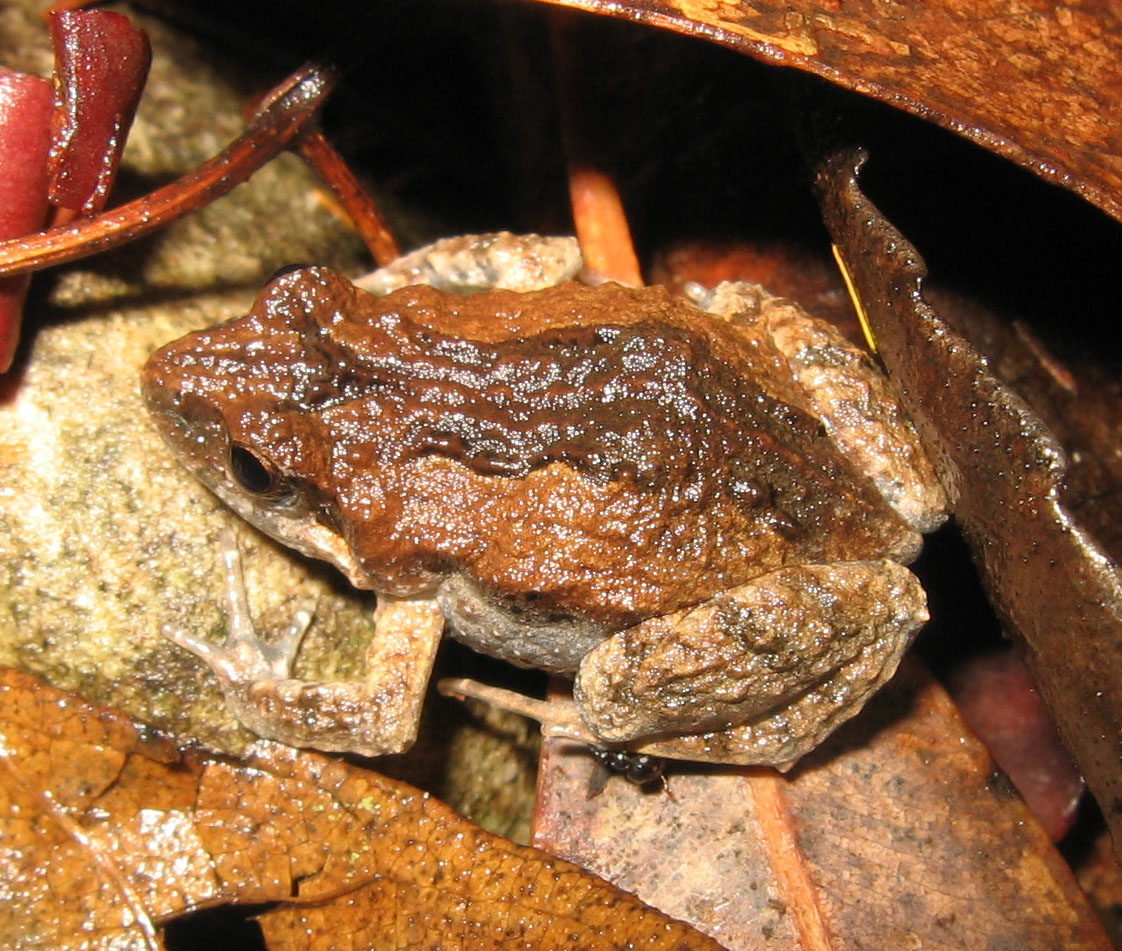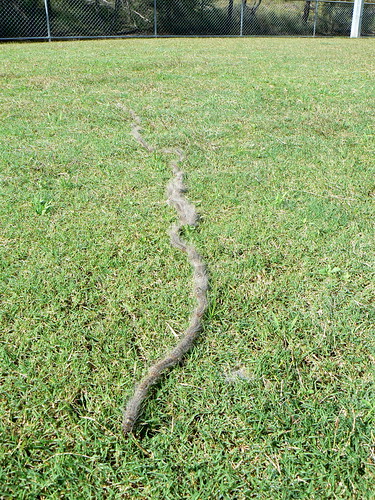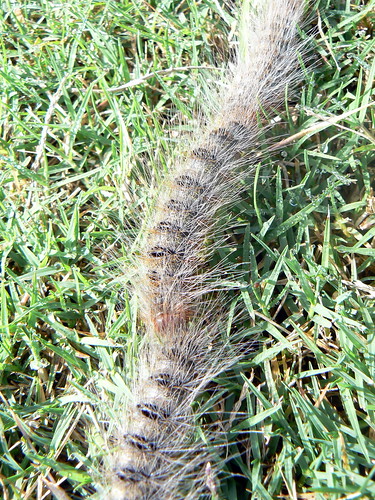Another garden visitor, but one far more common than last post's diamond python. This is a swamp wallaby,
Wallabia bicolor.I took this photo from my study, overlooking the driveway. By the look of her, she's carrying a joey in her pouch.
Swamp wallabies are found throughout the east coast of Australia, their range extending around the coast to south-western Victoria. Their conservation status is secure, but they are less prevalent than they were, due to loss of habitat. They prefer dense forest undergrowth or sandstone heath.
They are the only species in their genus, it being suggested that they diverged from the genus
Macropus some 6 million years ago. Unlike other wallabies, this species tends to eat small bushes and shrubs, rather than simply grazing on grasses. This, of course, is why my garden currently resembles a plastic tree-guard plantation. It's an ongoing battle to get my plants large enough to escape the wallabies' predations!
They breed throughout the year, often suckling an older joey while another is still in the pouch. Their gestation period is around 35 days, and the pouch period another nine months. Swamp wallabies grow to 66-85 cm in height, plus about the same length of tail, and weigh 13-17 kilos as adults.
